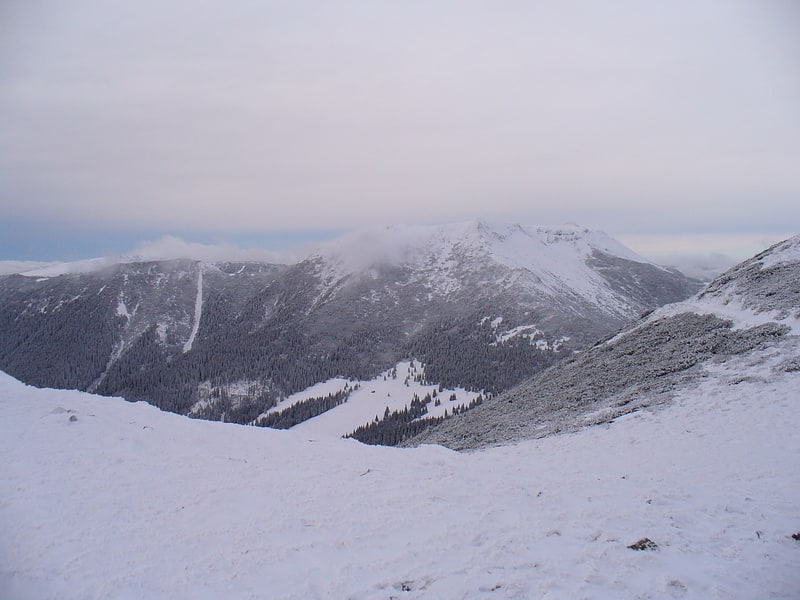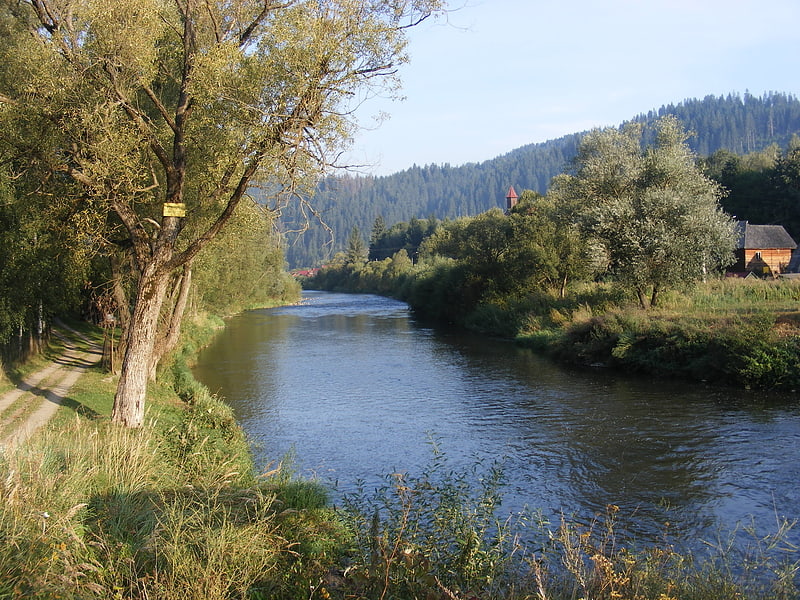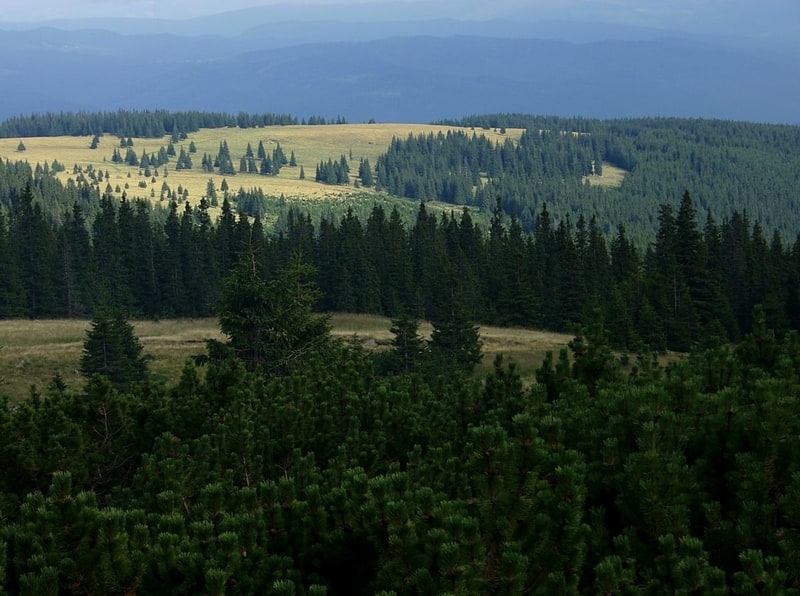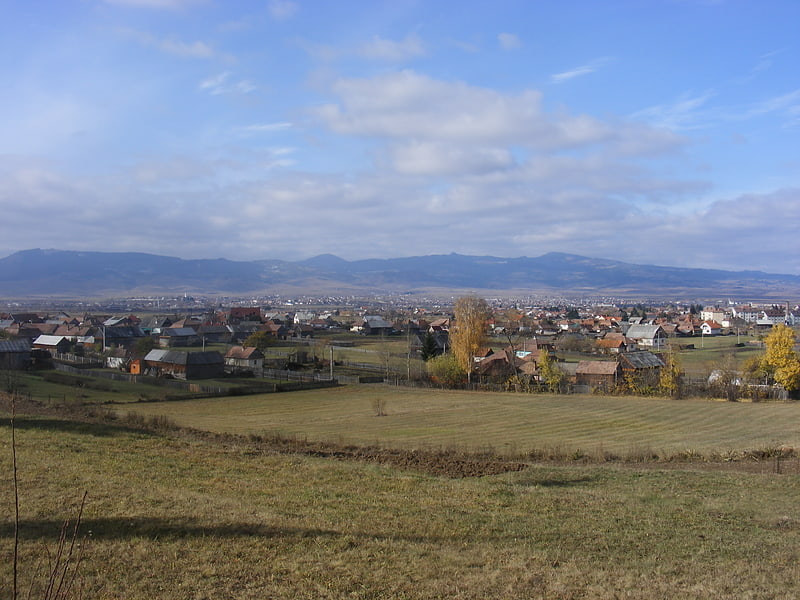Discover 5 hidden attractions, cool sights, and unusual things to do in Călimani National Park (Romania). Don't miss out on these must-see attractions: Pietrosu Peak, Bear Lake, and Defileul Mureșului Superior Natural Park. Also, be sure to include Călimani Mountains in your itinerary.
Below, you can find the list of the most amazing places you should visit in Călimani National Park (Mureș).
Table of Contents
Pietrosu Peak

Also known as: Vârful Pietrosul Călimanilor, Munții Călimani
Peak in Romania. Pietrosu Peak is a peak of crystalline rocks in the Călimani Mountains in the Carpathian Mountains, Romania which reaches a height of 2,102 metres. Mapping of the moraines and glacial landforms below the peak indicate at least two stages of glaciation during the Late Quaternary, subsequent to the initial one.[1]
Bear Lake

Natural attraction, Body of water, Park, Lake
Address: Strada Trandafirilor, 545500 Sovata
Defileul Mureșului Superior Natural Park

Also known as: Parcul Natural Defileul Mureșului Superior
Park in Romania. The Defileul Mureșului Superior Natural Park is a protected area situated in Romania, in Mureș County,[2]
Călimani Mountains

Also known as: Munții Călimani
The Călimani Mountains are the largest volcanic complex of the Carpathian Mountains in Transylvania, Romania. Geologically they belong to the Căliman-Harghita Mountains group of the Inner Eastern Carpathians.
Maximum height is reached in Pietrosul Călimanilor Peak, at 2,102 m. Other significant peaks include: Bistriciorul (1,990 m), Stuniorul (1,885 m), Gruiului (1,913 m), Negoiul Unguresc (2,084 m), Rețițiș (2,021 m), Bradul Ciont (1,899 m), Iezerul Călimanilor (2,023 m). The volcanic crater with a diameter of 10 km is bordered by the highest peaks, and to north is split by Valea Neagră, a tributary of Dorna River. Inside the crater there are several secondary volcanic funnels (Pietricelui, Vârful Haitei, Negoiul Românesc), the last one being a exploitation of sulfur until 1997.
Among the major tourist attractions include odd shapes of volcanic rocks on Tihul, Rusca and Rețițiș Mountains, but especially on Tămău and Lucaciu Mountains. In the last sector can be found the geological reserve 12 Apostles.[3]
Gurghiu Mountains

Also known as: Munții Gurghiu
The Gurghiu Mountains are a range in the Căliman-Harghita Mountains of the Eastern Carpathians, Romania, in the Transylvania region. They cover an area of 581.76 km2.
The mountains are relatively low, but well-wooded and naturally beautiful. They are known for an abundance of wildlife, including deer, wild boar, wolves and bears.
The highest peak, Vârful Saca Mare, is 1,776 m. Notable peaks include Amza Peak at 1,695 m, Saca Mică Peak at 1,731 m, and Fâncelu at 1,684 m. Average rainfall is about 1,200 mm and average temperature 4 °C.
The Gurghiu Mountains are part of the volcanic mountain chain in the western side of the Eastern Carpathians. In the north the Mureș River separates them from the Călimani Mountains. To the south are the Harghita Mountains and the Târnava River Valley.
The mountains were formed during a period of volcanic activity between 9.4 and 5.4 million years ago, starting in the north and moving southwards.[4]